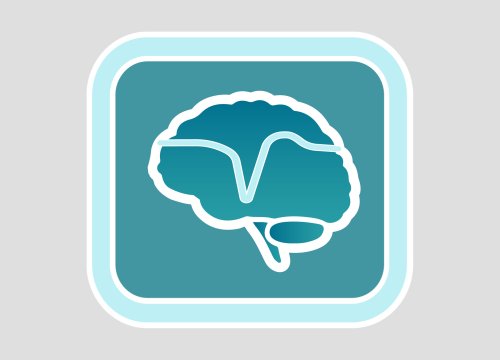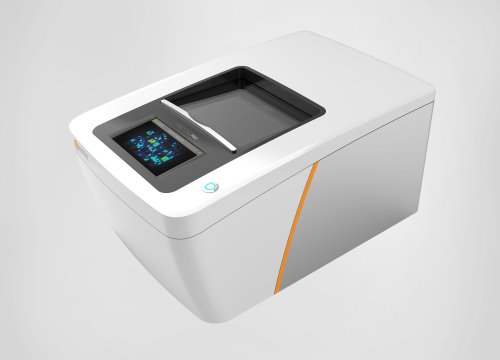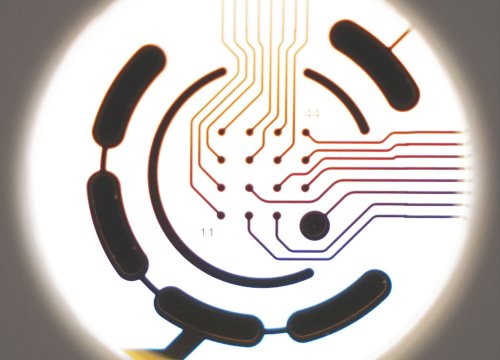Authors: Jennifer Lawson, Eli LaVancher, Mauricio De Almeida, and Bryan J. Black
Front. Cell. Neurosci., 2023
Scientists use Axion’s noninvasive Maestro MEA to explore the role of non-neuronal support cells in pain pathologies in vitro and suggest that measuring calcium transients in glial populations may offer a promising screening technique for identifying novel analgesics.
Activated glia play a role in pain regulation but this complex relationship is not fully understood. In this study, scientists used Axion’s noninvasive, label-free Maestro microelectrode array (MEA) system to investigate astrocytic oscillating calcium transients in mono- and co-cultures of induced pluripotent stem cell (iPSC) glia and sensory neurons in real time. Overall, the scientists were able to reliably evoke and detect astrocytic oscillating calcium transients in both mono- and co-cultures and were able to distinguish this activity from neuronal action potentials, which were unaffected by stimulation. Most importantly, according to the authors, the team demonstrates that “both neurons and glia can be phenotypically characterized in real time, repeatedly, over the duration of the culture.” The study contributes to our understanding of the mechanisms of neural communication and suggests that monitoring calcium transients with MEAs may offer a promising nociceptive phenotypic screening platform for the discovery of novel analgesics.


